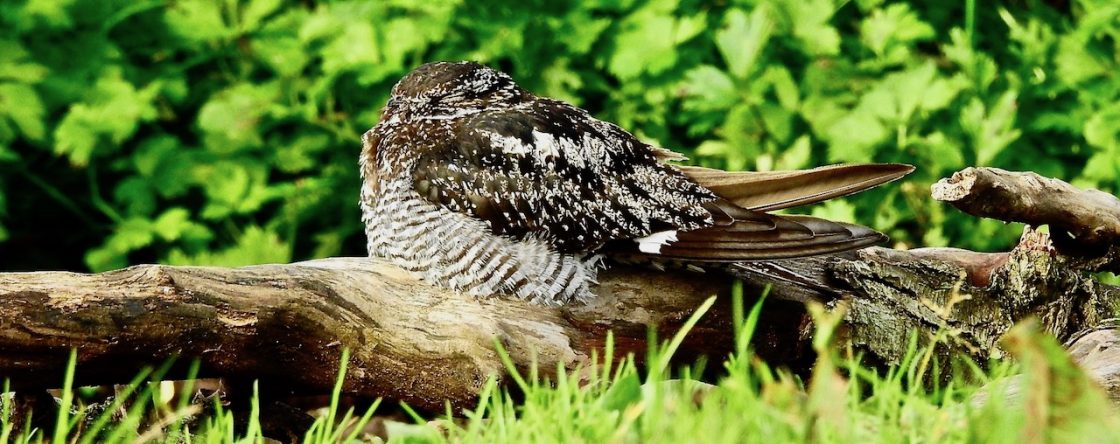The tide wasn’t really big enough to justify the schlepp out to Formby Point for an early evening seawatch in the pummelling rain, but the good strong south westerly was hard to resist.
With an hour to spare I gave Crosby Coastguards a try between 5pm and 6pm – the tide was right in here, submerging the Gormleys and mixing spray with cold rain.
The Hall Road Starlings looked particularly miserable.
It was hard to pick anything up in the rain and force 6-7 gusts, even cowering in the lee of the RNLI storage cabins.
The flickering shape of terns were visible out on the bar, their jerky flight action suggesting Common Terns out feeding from Seaforth, while big boats like the Dutch suction dredger the Lelystad trailed gulls in her wake as she headed into the river.
Best I could manage were two Manx Shearwaters scorching northwards along the edge of the wind, speeding across the estuary mouth and up the coast, then shortly afterwards an Avocet struggling south over the waves presumably towards Seaforth – an odd combo for any seawatch, much less a slow, damp Sunday evening one!
































